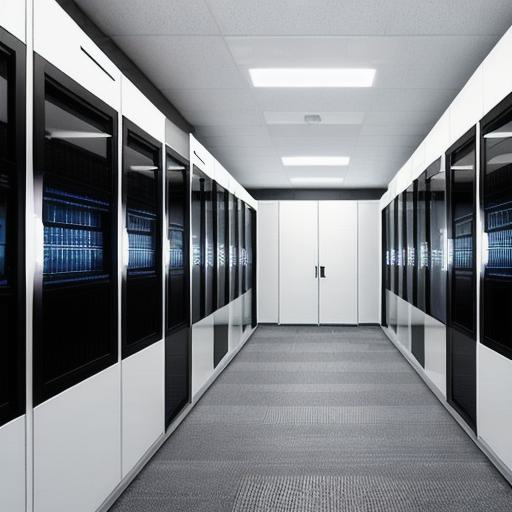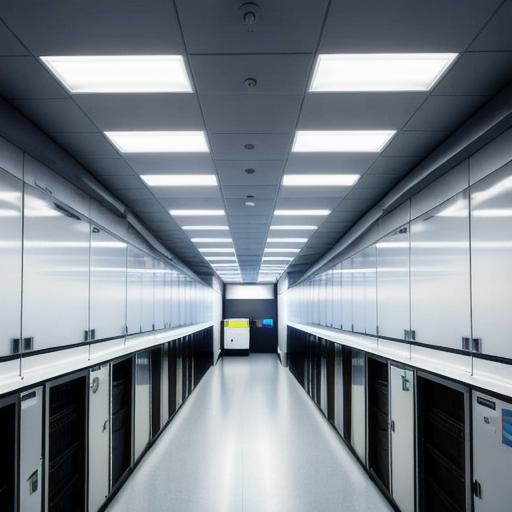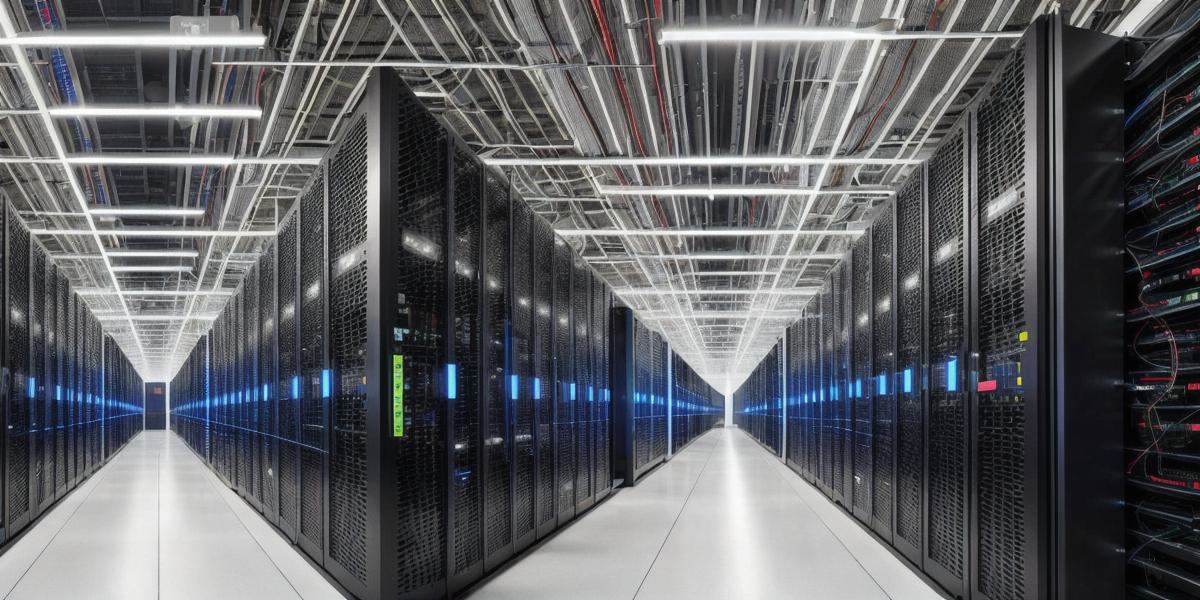A data center is a physical infrastructure facility that houses and manages computer systems, servers, storage, network equipment, and other related technology required for the operation of an organization’s digital services. It provides a controlled environment where organizations can store, manage, and access their digital assets securely and efficiently.
Key Functions of a Data Center
- Housing IT Infrastructure: A data center is designed to accommodate large amounts of technology equipment, providing the necessary space, power, cooling, and connectivity required for its proper functioning.
- Ensuring Security: Data centers employ robust security measures to protect against unauthorized access, data breaches, and other potential threats.
- Providing Redundancy: Data centers utilize redundant systems for power, cooling, and network connectivity to ensure continuous operations in case of failures or outages.
- Ensuring Availability: Data centers aim to maintain high levels of uptime through proactive maintenance, monitoring, and disaster recovery planning.
How Does a Data Center Work?
- Power Distribution: A data center uses a reliable power source, often provided by the utility company or an on-site generator. Power is distributed throughout the facility via power distribution units (PDUs) and uninterruptible power supplies (UPSs).
- Cooling and Temperature Control: Data centers employ various cooling systems such as air conditioning, liquid cooling, or cold aisle containment to maintain an optimal temperature for their equipment.
- Connectivity and Networking: A data center offers high-speed network connectivity through fiber optic cables and switches. It may also provide redundant connections and load balancing for improved performance and reliability.
- Access Control and Security: Data centers implement access control systems, such as biometric scanners, smart cards, or keycards, to restrict unauthorized entry. They may also employ security cameras, intrusion detection systems, and other measures to protect against potential threats.
- Data Backup and Recovery: Data centers provide storage for backup data and disaster recovery solutions, enabling organizations to recover their digital assets in the event of a loss or damage.
Examples of Data Centers
- Enterprise Data Centers: These are owned and operated by individual organizations to house their own IT infrastructure. They may be located on-premises or off-site, and they can range from small-scale operations to large data center campuses.

- Co-location Data Centers: In these facilities, organizations can rent space for their equipment and leverage the existing infrastructure provided by the data center operator. This is a popular choice for businesses that need more capacity than their own data centers can accommodate.
- Cloud Data Centers: These are operated by cloud service providers to host the infrastructure required for offering cloud-based services, such as Infrastructure as a Service (IaaS), Platform as a Service (PaaS), and Software as a Service (SaaS).

Summary
A data center is an essential component of modern digital infrastructures, providing organizations with a secure, reliable, and efficient means to store, manage, and access their critical digital assets. By understanding the key functions and operations of a data center, you can make informed decisions about how best to leverage this technology for your own business needs.
